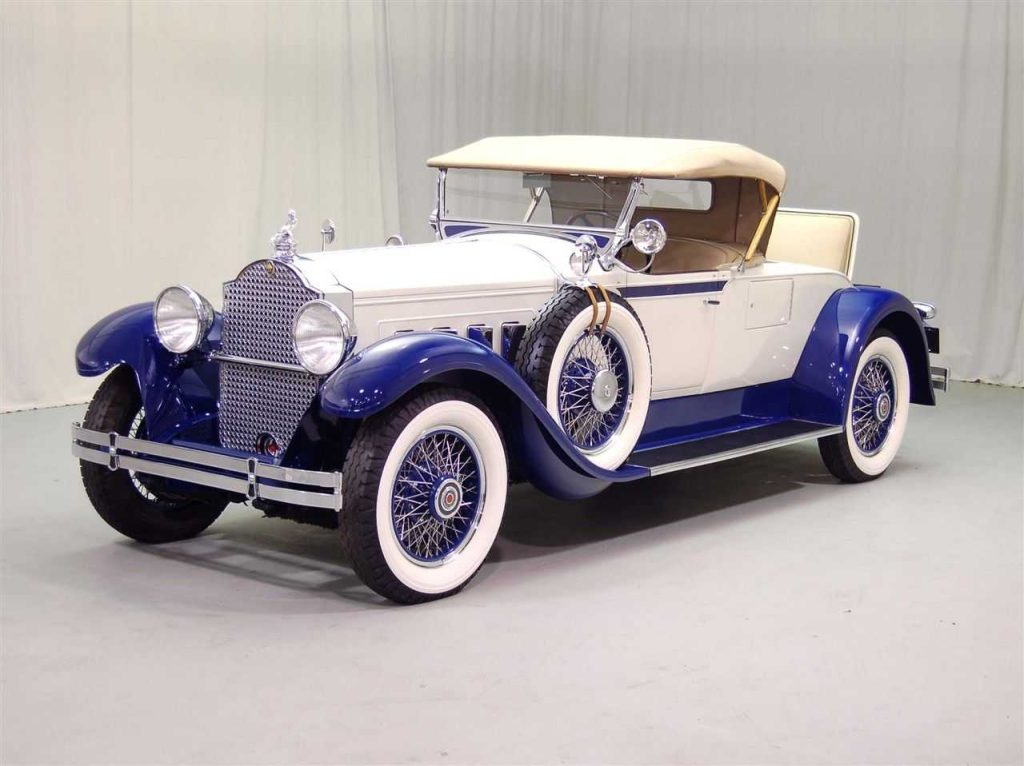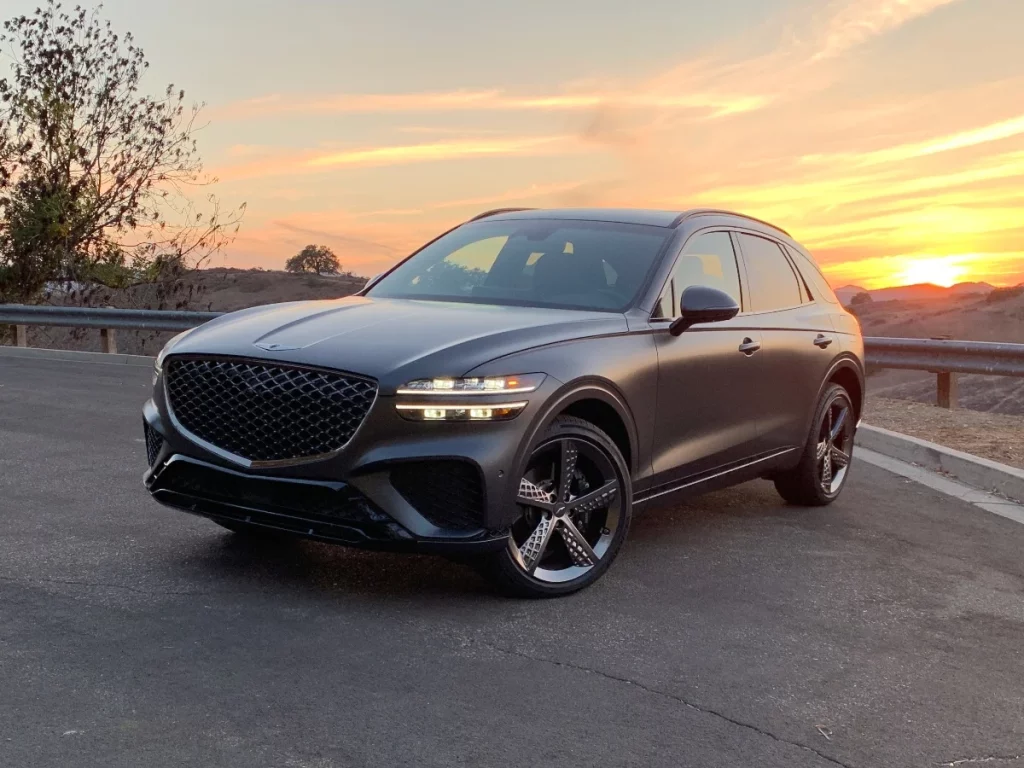
Eight decades ago, cooling the air in a vehicle was not an easy task. After several failed attempts around the world, the Packard Motor Car Company of Detroit, Michigan finally broke through and offered factory-installed air conditioning on their new car models.
Although this update was already made in 1940, it was unfortunately short-lived. Today, air conditioning in your car is a necessity, but before it was considered a luxury. The journey of air conditioning innovations is actually quite significant and quite convincing. We discuss how the Packard Motor Car Company revolutionized the air conditioning unit and how this utility evolved into its modern iteration.
Car air conditioning over the years
Although motor vehicles were commercially available in the 19th century, they were open designs that allowed air to circulate naturally. Around 1908 closed vehicles appeared on the market and the automotive industry changed forever.
In search of the perfect cooling system, car manufacturers have tried different solutions
The need to keep the interior of the car cool arose with closed body vehicles. Many solutions have in turn been tried with varying degrees of success.
First there was an adjustable windshield, the opening of which was limited to about 13 mm. It was enough to minimize the effect of the hot air blowing from the engine to the cabin. Removing the side curtains was another obvious option as it allowed additional air to flow into the interior of the vehicle. When windows eventually replaced side curtains, passengers could raise and lower them to create airflow.
Another experiment carried out for car manufacturers was the placement of air vents under the dashboard. Cars with soft tops can lower them when they need fresh air. But while they provided greater airflow inside the vehicle, all of these potential solutions were rudimentary ventilation systems that were far from able to filter dirt, dust, or grime while driving.
Perhaps the most interesting attempt to develop a car cooling system is due to William Whiteley. In 1884, Whiteley proposed installing blocks of ice under horse-drawn carriages. After this, a fan was attached to the axle, which blew air over the block of ice into the car. However, the fan and ice system required several pounds of ice, so it was impractical to say the least.
Cadillac also experimented with fans, but the real breakthrough came when General Motors’ research labs proposed the idea of a vapor compression system using R12 refrigerant in 1930. However, the public had to wait nearly a decade until 1939, when the American manufacturer Packard developed a working air conditioning system. But like many of his predecessors, he was not as practical as he seemed.
Packard’s air conditioning system was a commercial failure for several reasons:
The main vaporizer and the ventilation system took up about half of the vehicle’s trunk.
It had no temperature thermostat or shut-off mechanism. The only “control” the drivers had was to turn off the fan. But even with the fan off, cold air sometimes still got into the cabin of the car because the drive belt was constantly connected to the compressor.
The hundreds of meters of piping running to and from the engine compartment and trunk proved to be very unreliable during operation.
Priced at $274 (about $5,000 in today’s money), the device was simply prohibitively expensive for most Depression-era/Antebellum America.
The name behind Pioneer A/C
Packard Motor Company manufactured cars from 1899 to 1956 and was the flagship brand of American cars. The company was founded by James Ward Packard, who bought a Winton car and broke up when the car broke down on his first road trip. As a mechanic, Packard was more than unhappy with what happened and complained to Winton himself. Winton, in turn, challenged him to build a better product, so James teamed up with his brother William.
They initially built a single-cylinder vehicle, the Model A, which achieved great success. From then on, the brothers constantly strove for perfection and built several cars that won numerous cross-country race wins. A major selling point of Packard vehicles was their reliability, a goal the brothers never wavered from.
When World War I began, Packard shifted its focus to manufacturing engines for boats and aircraft (the same would happen three decades later, during World War II). But in 1919, Packard decided to compete in a larger market. They released the Clipper, which was marketed as a high quality product at a lower price point.
So why were the Clippers so innovative for their time?
The Clipper was equipped with an alarm in the fuel tank. It whistled when fuel was pumped and stopped whistling when the tank was full. In addition, the vehicle’s door hinges have been camouflaged and hidden from view.
Interestingly, the Clippers were very wide cars and offered more interior space and more stability when steering, especially when cornering.
While the Clipper was innovative for its time, sales of luxury vehicles declined in the 1940s and 1950s, making it difficult to sell for many struggling Americans. In 1953 Packard lost its contract with Briggs Manufacturing, which had built the bodies for their cars. Chrysler stepped in and offered a temporary deal in 1956, but despite this, Packard car production declined rapidly. In the late 60s, Packard went bankrupt.
After work Packard
In 1953 air conditioning made a comeback in the automotive industry and nearly 30,000 cars were equipped with factory installed air conditioning. General Motors’ Harrison Radiator Division developed an air conditioning system that could be installed under the hood in the engine compartment, which was fairly new. Over the next decade, more and more automakers began offering air conditioning as an option, including Chevrolet, Ford, Dodge, and Plymouth.
As the demand for air conditioning has continued to grow, so has the percentage of new cars with air conditioning. But even as demand continued to grow, automakers quietly vied with each other to improve on the current system, trying to make it quieter and more reliable for consumers.
In the 1970s, the ozone leak problem heralded a new development in automotive air conditioning. R12 refrigerant has been completely banned and replaced by R134a. Suddenly the need for add-ons arose and automakers added condensers, compressors, lubricants and dryers to their existing air conditioning systems. Additionally, a number of studies have been conducted over the years to demonstrate whether or not air conditioning affects a vehicle’s fuel economy. Consumer Reports tests showed the air conditioner dropped about 3 mpg at highway speeds.
Overview
Vehicle air conditioning has come a long way since Packard first offered it in 1940. A lot has changed over the years with the advances in technology and design that have made our automotive air conditioners much more efficient, effective and reliable. Compared to units of previous generations. The future of air conditioning is likely to see continued innovation and improvement in this important component, and today almost every new car comes with an air conditioning system as standard. When all is said and done, you can thank the Packard Motor Car Company for keeping your car cool today.







